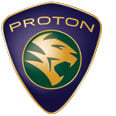 Proton has sent over a few images on how to differentiate between Proton Genuine Parts and imitation parts, which are often sold at cheaper prices but do not confirm to OEM standards, especially when it comes to safety.
Proton has sent over a few images on how to differentiate between Proton Genuine Parts and imitation parts, which are often sold at cheaper prices but do not confirm to OEM standards, especially when it comes to safety.
According to Proton Edar CEO Mohamad Shukor Ibrahim, there are two types of acceptable components available for Proton cars in the market. One is of the Proton Genuine Parts variant and the other is called Proton Second Branding Parts. Proton Genuine Parts are components that have been developed by PROTON and are also known as OEM (Original Equipment Manufacturer) parts.
Proton Second Branding Parts are offered to customers whose vehicle warranty has expired, and as an option for those seeking lower-cost of ownership compared to purchasing Proton Genuine Parts. These are usually cheaper in price to buy.
And then there is the third type, which are manufactured by a third party designed to be fitted to Proton vehicles, but they carry their own branding and packaging and do not make attempts to imitate Proton parts. But what you should avoid are imitation parts that are made by unknown parties and packaged to look like Proton Genuine parts.
Here’s how to tell them apart:
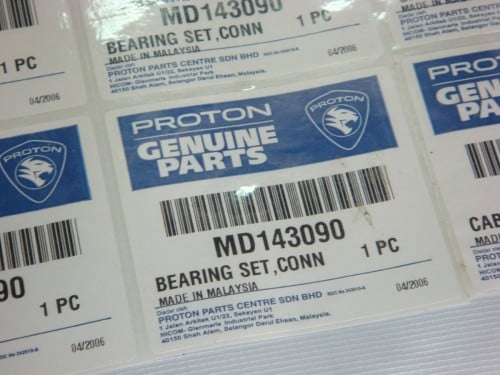
Genuine Part Label – Bar codes have more fine lines and colour blue is of lighter shade.
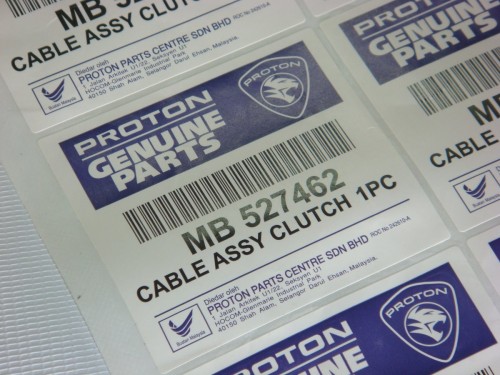
Imitation Part Label – Bar codes are thick and colour blue is of darker shade.

ATF Fluid Bottle – watch how the Genuine Part on the left has a better quality bottle cap seal as compared to the imitation part on the right.
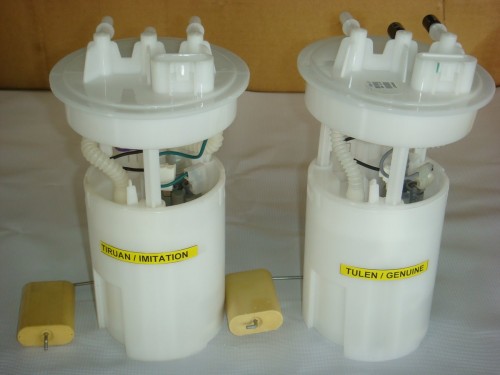
The Genuine Part fuel pump is on the right while the imitation part is on the left – look at the different shade in the material colour.
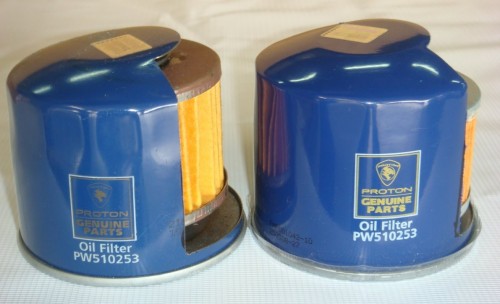
Proton Genuine Oil Filter – neat and proper printing of yellow and white logo box as opposed to the imitation filter on the left with shabby printing.
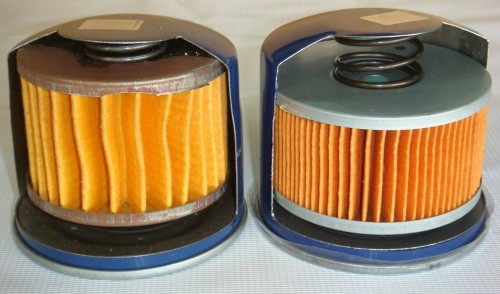
Take a look on the inside – the genuine part is on the right while the fake part is on the left, you can notice the difference with the filter.
AD: Drive the Proton model of your dreams. Submit your details and Proton PJ will get in touch with you.
Looking to sell your car? Sell it with Carro.



















AI-generated Summary ✨
Comments highlight concerns about counterfeit Proton parts, noting they often resemble genuine parts closely and can be difficult to distinguish. Several users shared experiences of poor quality, frequent failures, and safety risks associated with imitation parts, such as brakes, filters, and door handles. Others mentioned that some third-party or aftermarket parts can be equal or better than original OEM components, emphasizing the importance of buying from authorized centers. The overall sentiment is that counterfeit parts compromise safety and vehicle reliability, underscoring the need for Proton or authorities to crack down on illegal manufacturing and sales. Many express frustration with high prices, but warn against buying fake parts due to safety concerns. A few comments also touch on broader issues like car pricing, taxes, and government policies impacting vehicle affordability.